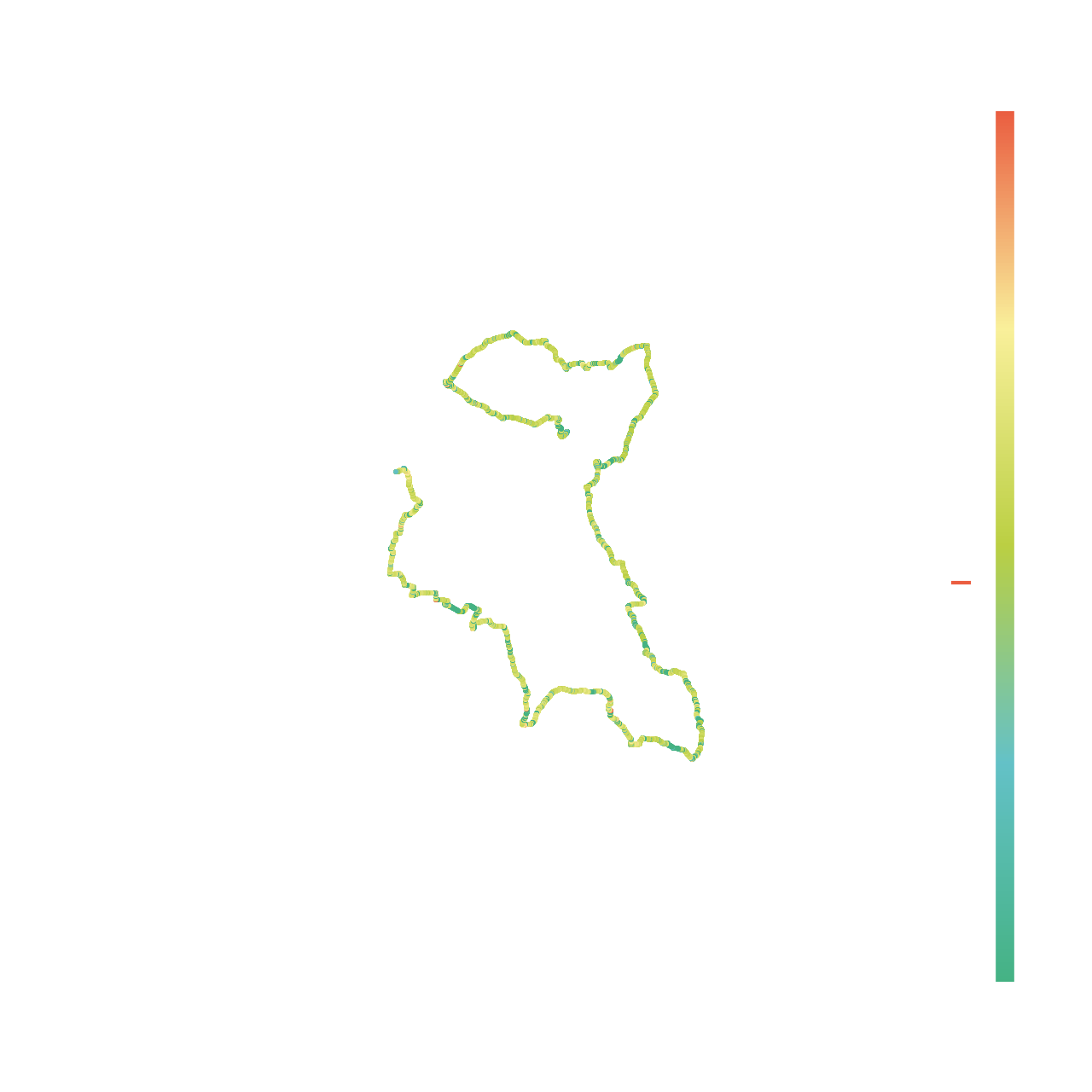Welcome to Activity AI, the latest addition to our web platform. Activity AI is more than just a feature - it's your personal assistant for daily training. Leveraging the sophisticated artificial intelligence integrated in our Powertest AI, Activity AI provides precise analysis of your performance. It utilizes your speed and heart rate to evaluate key metrics such as VO2max, Vlamax, Critical Power, FTP, and Fatmax. Whether you're running or cycling, Activity AI gives you a comprehensive view of your performance, helping you to train smarter and reach your goals faster.

Activity is a groundbreaking feature that supports you in measuring your performance and optimizing your training. With Activity, you can determine key metrics such as VO2max, Vlamax, Critical Power, FTP, and Fatmax based on your speed and heart rate during running or cycling. We are proud to be the only platform globally that offers such a unique AI-based analysis.
Not just that, Activity also shows your used carbohydrates and fats during the training, providing you with a comprehensive understanding of your metabolic rate. This insight helps you optimize your diet to support your performance and recovery.
But we don't stop at giving you data. Activity helps you understand what this data means for your training. For instance, we provide metrics like Base Training per Week and Focus Training per Week as percentages of the recommended volume from the Powertest, based aim maders protein synthesis model. This assists in preventing overtraining and helps maintain a healthy, sustainable training regimen.
Moreover, we display specific percentages in training zones, which gives you a clear view of how your training is affecting your VO2max and Vlamax. This way, you can ensure that your training is being implemented correctly, and adjust your regimen to reach your specific training goals.
Example Activity AI: Tempo
Activity AI works by integrating with your Garmin or Wahoo account to automatically import all your training sessions onto our platform. But that's just the start. The real magic happens with our Powertest AI, a sophisticated AI trained on over 10,000 Powertests using Tensorflow, predicting VO2max and Vlamax with 90 percent accuracy.
Key metrics for the Powertest AI include power or speed during running (from which we derive the power) and heart rate. We've also investigated additional parameters such as cadence, temperature, and air pressure. Importantly, the user's maximum heart rate, body weight, and body fat are taken into account - all of which can be set by the user or obtained via API.
Once you've completed a Powertest in the sports you wish to analyze, the Powertest AI forms the basis for calculating the carbohydrates, fats, and proteins you've consumed. The AI is constantly retrained, continuously learning and improving over time.
Beyond the AI analysis, we also provide an evaluation according to Mader's method using test data. All other evaluations of the units are performed using classical statistics, ensuring you have a comprehensive understanding of your training performance.
With Activity AI, you gain an accurate understanding of your athletic performance. Track your performance levels, monitor your carbohydrate consumption, and manage your training intensity with precision. But the capabilities of Activity AI extend even further.
One standout feature is the integration of Google Maps with color-coded tracks. These tracks illustrate various metrics such as speed, power, temperature, cadence, and carbohydrate consumption. This visual representation allows you to understand not only how fast or slow you were but also where your performance fluctuated throughout your route.
Complementing the color-coded tracks is the integrated boxplot display. This statistical overview provides additional insights into your performance, delivering a comprehensive understanding of your training session at a glance.
In essence, Activity AI equips you with a complete picture of your training performance, providing the information you need to optimize your efforts and achieve your goals.



#1 UCI WM MTB-MARATHON 21
#1 UEC EM Champion MTB-MARATHON 21
#2 UCI WM MTB-MARATHON 22

#1 IRONMAN Europe 22
#1 IRONMAN Klagenfurt 2021
#1 IRONMAN 70.3 Varsovie

#1 Alpentour Trophy 2021

#1 IRONMAN Hamburg 2021
#3 IRONMAN FLorida 2021
#2 IRONMAN Barcelona 2019

#2 IRONMAN Klagenfurt 2021
#2 German Championship LD 2019
#1 German Championship LD 2018
The first step to leveraging the power of Activity AI is to create an Aerotune account and sign up for our premium service, Powermonth. Once that's done, connect your Garmin or Wahoo account to our platform (manual upload is also an option but not as convenient). This allows all your training sessions to be automatically imported onto our platform.
Then, you'll need to conduct a Powertest to gather your baseline data. This data is then utilized by our Powertest AI to analyze your training sessions and provide recommendations for optimizing your performance.
But remember, to enable our AI to make accurate predictions, it's crucial to have the right equipment and settings for your training sessions. Here's what you need:
GPS Watch for Runners
Power meter for cyclists
20 min of Training
1 seconds recording
Heart rate measurements
No pause on watch
With Activity AI, you gain the ability to manage your training with precision, prevent overtraining, and timely detect performance improvements. The first step is creating a digital twin of yourself, providing a unique performance evaluation.
Our Activity AI Week feature gives you a weekly summary, including total and average values from each activity card. It tracks your base training and focus training as percentages per week based on the Mader method, providing an optimal utilization related to your VO2max and Vlamax.
Should you exceed your training load due to round trips or training camps, this information is carried over to the following week. This way, we ensure that your total exertion is tracked over an extended period, helping to avoid overtraining.
Furthermore, the Continuous Power Rolling Curve is displayed for the current week, the previous month, and the past year. This feature allows you to track specific changes in power output, ensuring that you are always on top of your performance progression.
Listen to our podcast to learn more about Activity AI
Optimize your training with Activity AI.
Register Now